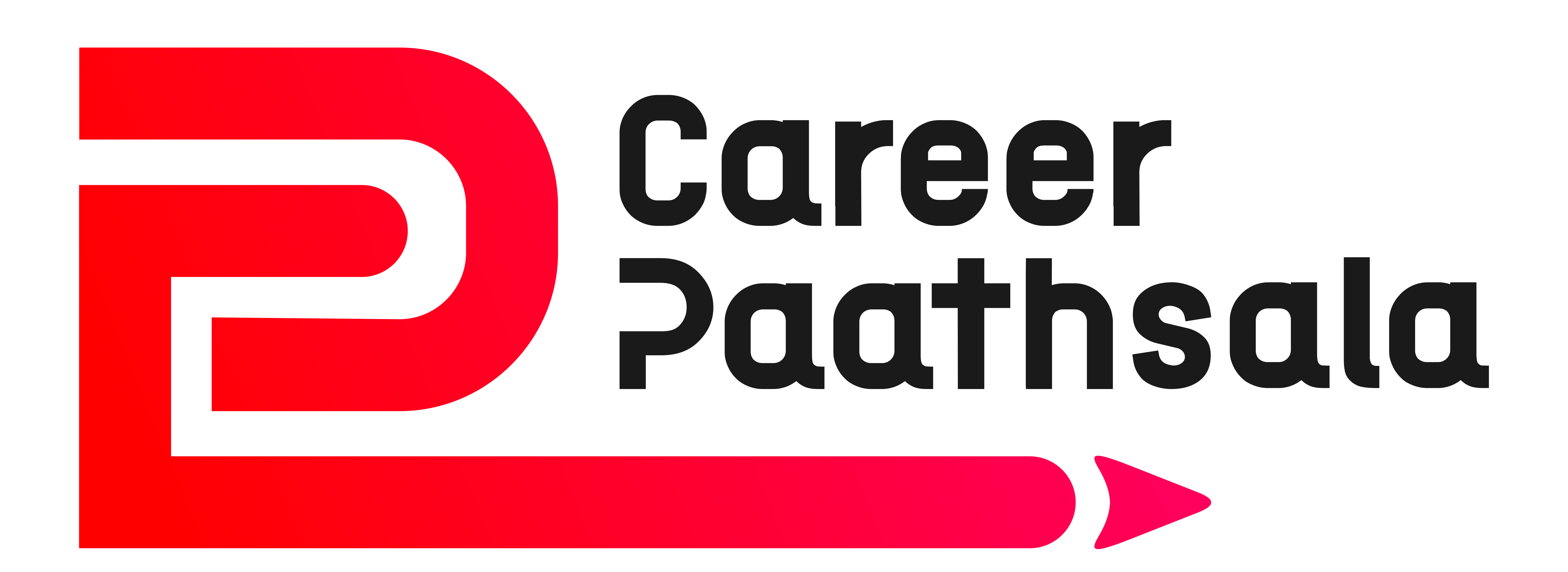The Institute of Medicine (IOM) in Nepal, established in 1972, is a prestigious and pioneering institution in the field of medical education and healthcare. Located in the vibrant capital city of Kathmandu, the IOM has played a vital role in shaping Nepal's healthcare landscape and training healthcare professionals to meet the country's evolving medical needs.
The Institute of Medicine was founded with a primary objective – to train healthcare professionals of all levels to address Nepal's healthcare requirements comprehensively. Over the years, it has expanded and diversified its academic offerings and services, making significant contributions to Nepal's healthcare sector.
In its early stages, the IOM offered proficiency certificate courses in various medical disciplines, including General Medicine, Pharmacy, Physiotherapy, Nursing, Radiology, Traditional Medicine, Health Laboratory, ANM, and CMA. As the institution evolved, it expanded its focus to train tertiary-level health workers.
One of the significant milestones in the IOM's history was the launch of the MBBS program in 1978, with an initial intake of just 22 students. Today, the MBBS program has grown substantially, with 76 seats available to aspiring medical students. The institution's teaching hospital, established with the assistance of JICA in 1982, has evolved into a 663-bed facility that plays a pivotal role in the practical training and problem-oriented medical education of MBBS students.
The IOM operates under the affiliation of Tribhuvan University, Nepal's premier university, adding to its reputation and credibility in the field of medical education. Over the years, the IOM has undergone considerable expansion, with a total of 12 campuses both within and outside of Kathmandu.
This institution is dedicated not only to academic excellence but also to the overall development of its students. It provides a state-of-the-art infrastructure, world-class facilities, and a highly experienced faculty. Approximately 20% of enrolled students are government nominees, while the rest are self-financed. The institute's competitive Medical Entrance Examination selects self-financing Nepalese students. As a result, the IOM attracts students from various regions of Nepal, India, and SAARC countries.
In addition to academic pursuits, the IOM places a strong emphasis on the health and fitness of its students, offering recreational activities like yoga and access to gymnasiums, as well as indoor and outdoor sports facilities.
The IOM's mission extends beyond producing competent healthcare professionals. It aims to produce quality clinicians and community managers who can deliver an effective healthcare system. The institute plays an active role in assisting the government in promoting and standardizing medical education and producing a skilled workforce to fulfill its obligations to society. Students are taught to understand the psycho-social needs of the community and ensure basic healthcare for all.
In summary, the Institute of Medicine in Nepal is a renowned and respected institution with a rich history of contributions to medical education and healthcare services in Nepal. Its commitment to training healthcare professionals and its dedication to community well-being continue to make it a cornerstone of Nepal's healthcare sector.
MBBS
- Basic Eligibility - Class 10 + 2 (PCB) With a Minimum Aggregate of 50%
- Exam Eligibility - NMEC/Based On NEET Score + Counselling
Particular Statistics
Duration - 4.5 Years +1 Years Internship
Total - 5.5 Years
Established - 1972
Total Intake - 100
Recognized by - NMC
Affiliated to - Tribhuvan University
No. beds - 700
Campus Size - 20 Acres
COURSES
- UG - MBBS/BDS
- PG - M.D/M.S/M.ch/MDS
- Doctorate - DM
- Ranking #UnRanked In NIRF
- MBBS: - 75k USD+ Hostel
Listing Amenities
Video
Additional info
Contact Business
Error: Contact form not found.






